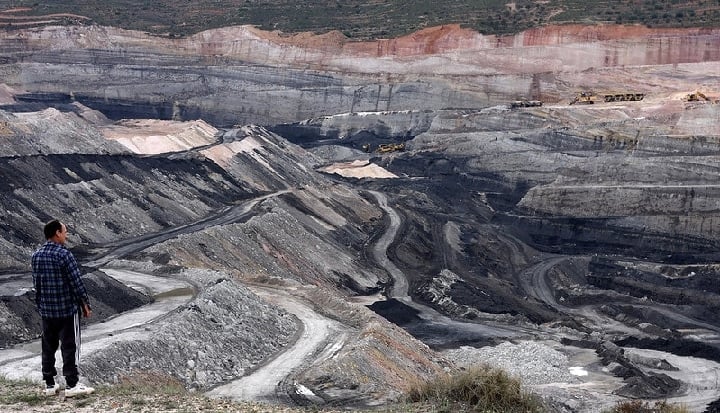The concept of “just transition” – a whole-of-society approach to decarbonisation that respects human rights while promoting sustainable development, the eradication of poverty, and the creation of decent work and quality jobs – has come increasingly centre stage in national and international discussions on finance, energy, agriculture, and other key industrial transitions to net-zero.
While there is no universal definition of the term, the 2015 Paris Agreement, the 2015 ILO Just Transition Guidelines, and the 2018 Silesia Declaration provide high-level reference points for public and private policymakers now working to implement just transitions in practice.
In recent years, the just transition agenda has grown from being a hard-won policy achievement by the union movement in global climate negotiations to an increasingly mainstream climate action priority embraced by governments and companies across sectors.
International support since 2021 for several new national “Just Energy Transition Partnerships” (JETPs) are potentially promising examples of investment momentum into decarbonising some of the biggest coal-producing countries in the world. And since COP26 in Glasgow there has been a huge uptick in public just transition commitments by financial institutions, businesses, and industry associations.
But this growth in recognition is also coloured by wide ranging and sometimes conflicting definitions and interpretations of what “just” really means and how to go about achieving it in diverse transition processes and outcomes.
Broad uptake of the just transition concept is not only welcome but essential to managing the social disruption that is inevitable in such wide-scale systems changes. But there is also a growing and serious risk that just transition language is increasingly misused and misapplied, intentionally and unintentionally, without sufficient clarity or accountability.
With social disruption now one of the greatest inhibitors to climate action, just transition-related messaging could be used to actually delay and slow progress on fossil fuel phase out and other mitigation measures.
Equally, there is a danger that the transformative potential of this concept could be lost entirely; that the “justice element” becomes little more than a box-ticking exercise, with different definitions depending on location, sector, and actor, or none at all.
If “JT” and “JETPs” are to avoid going the way of “CSR” and “ESG”, then it is urgent that some form of quality control over the “J” element emerges soon.
A recent IHRB-Wilton Park Just Transitions Dialogue explored this challenging state of play, and sought to identify practical steps, tools, and approaches required for ensuring swift climate action that is truly “just”. Four key elements were identified as essential to achieving greater coherence, comparability, and accountability over these social dimensions of climate action:
- Risks and Impacts: The actions of public and private actors engaged in transition processes will inevitably pose risks to potentially affected groups, including workers, communities, indigenous peoples, and consumers. These adverse impacts should be actively prevented and mitigated through ongoing human rights due diligence.
- Opportunities and Benefits: The fulfilment of human rights and requirements for a dignified life are foundational to workers, communities, indigenous peoples, and consumers impacted by transition processes. These and other affected stakeholders should be able to negotiate and access the opportunities and benefits, as well as trade-offs, that the pathway to the green economy entails.
- Agency and Accountability: Deliberate inclusivity and meaningful engagement should be part of all transition plans, processes, and outcomes in order to achieve bottom-up support for the necessary disruptions to come. Both risk prevention and opportunity maximisation are dependent on building accountability to, and ensuring the agency of, potentially affected groups in transition planning and decision making.
- Transformational Systems Change: A just transition cannot simply replace an extractive carbon economy with a system of green extraction where fundamental power relations remain unchanged. A sustainable and just future requires more fundamental reshaping of economies to produce regenerative systems that address unequal power dynamics head on.
How these four elements are applied in practice will require fit-for-purpose approaches in each local and sectoral context. These will be further developed by the Institute for Human Rights and Business (IHRB) and partners to support all economic actors in understanding the core elements of what makes a net-zero transition “just”. We welcome others to join us in these efforts to drive greater integrity over just transition processes and outcomes globally.










